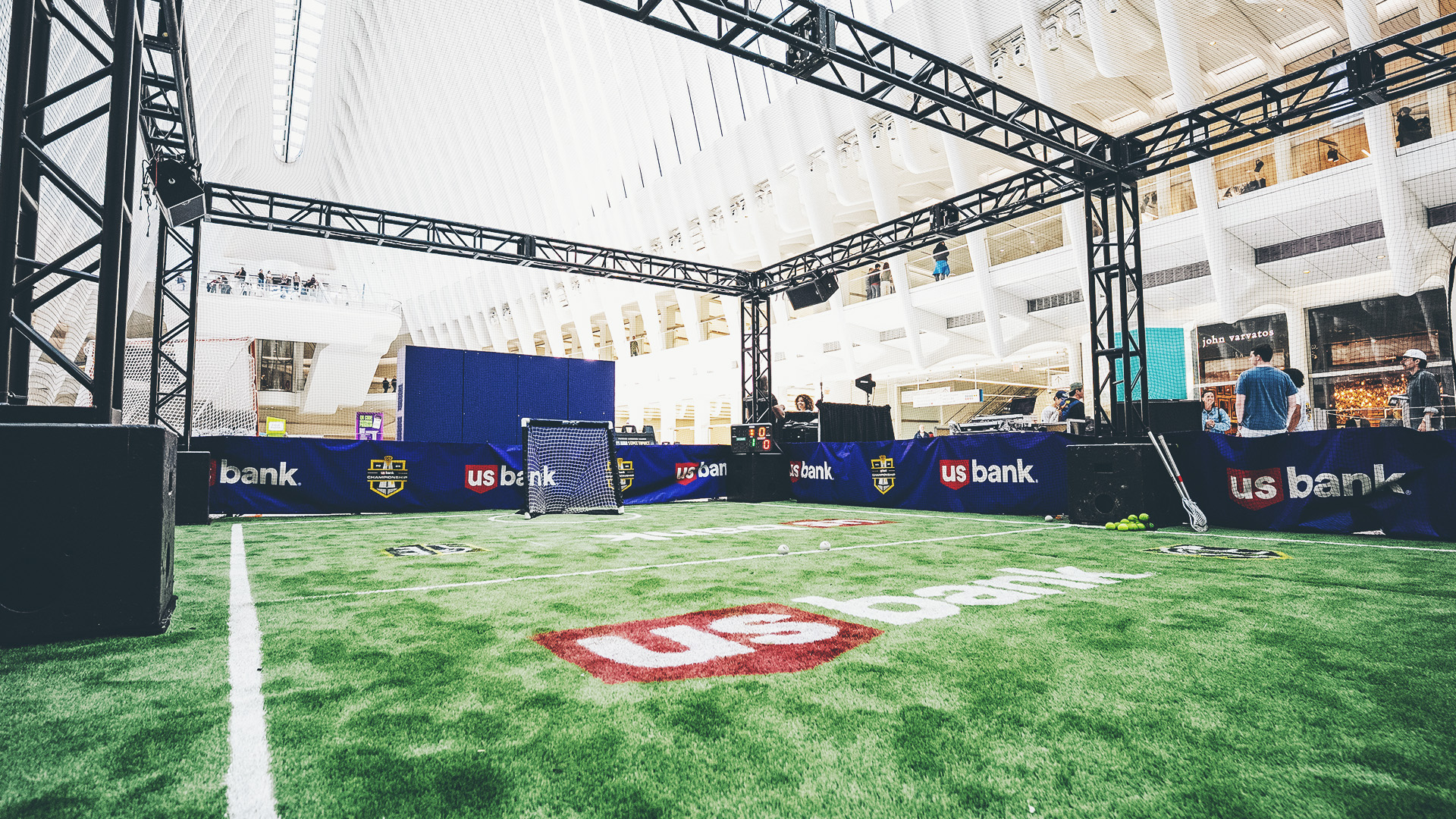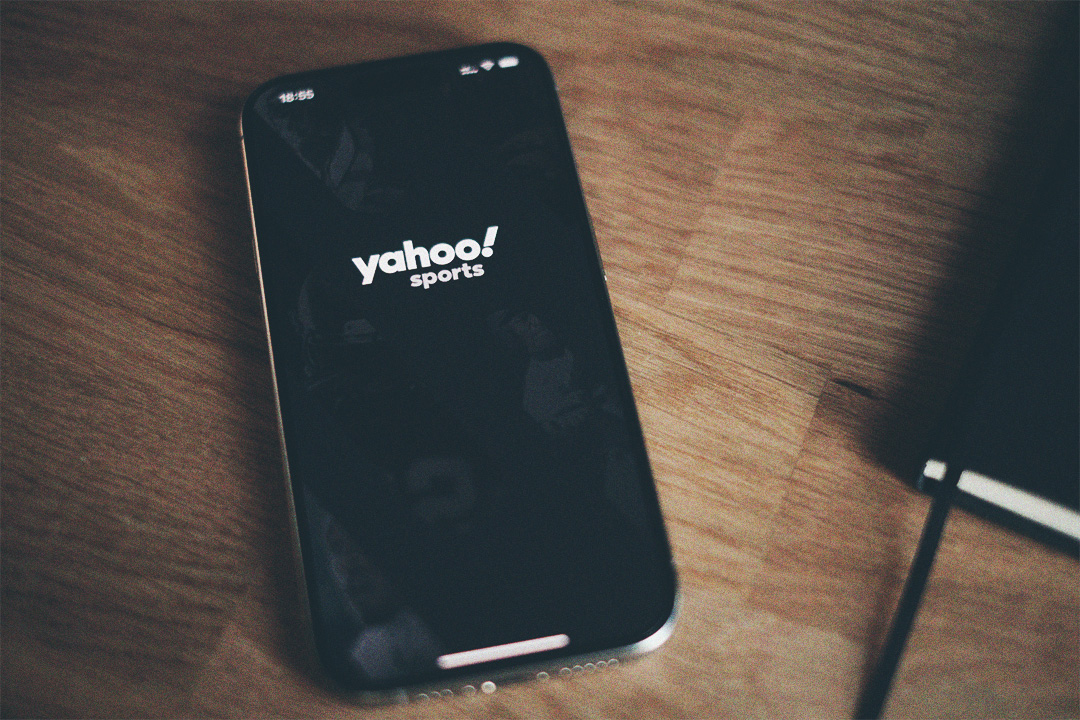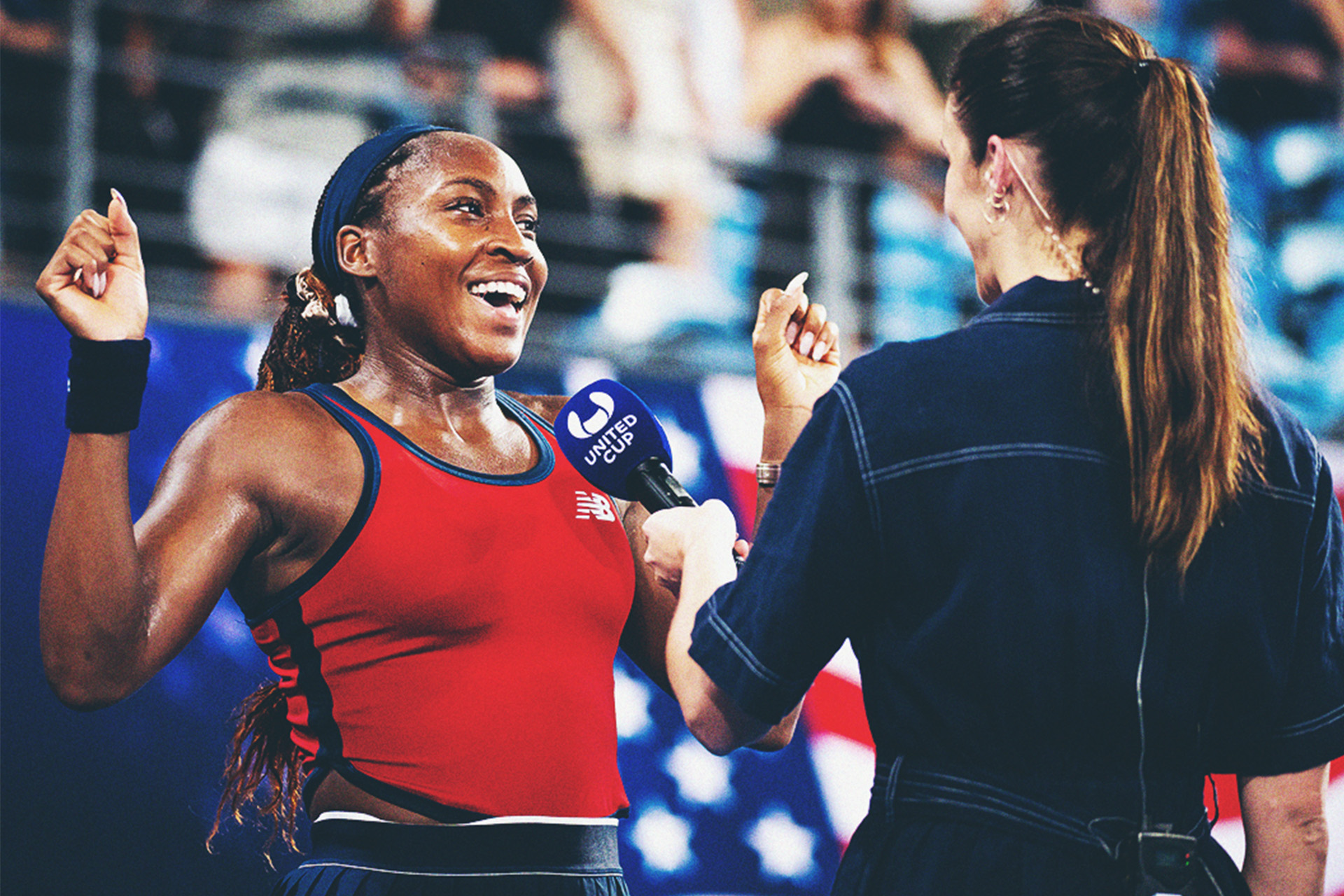When Money Is an Object, Experiential Must Earn Its Keep
By BriAnne Newman
Experiential marketing often gets painted as the indulgent line item on a budget: splashy activations, eye-catching sets, and big moments that look great but leave CFOs wondering if they’re worth the spend. In today’s climate, where every investment is under scrutiny, brands don’t have the luxury of treating experiential as a buzzy moment in time. When money is an object, experiences have to do more than wow. They have to build brand affinity and connection while also driving measurable results.
Done right, experiential sits between the long-term equity of brand marketing and the short-term efficiency of performance marketing. It creates moments people remember and the data to validate the investment.
Take our recent U.S. Bank and Premier Lacrosse League takeover of New York’s Oculus. The activation was bold and in one of the most highly trafficked locations in New York City. Every element was designed to do more than entertain. It tapped into cultural relevance, aligned with U.S. Bank’s Power of Us platform, and generated significant earned media, social amplification, and heightened consideration heading into the PLL Championship.

Experiential justifies itself when it crosses brand and performance marketing metrics. Here are five ways to ensure your experiential activations do just that.
1. Start with insights, not spectacle.
The right audience insights can help make sure that what the brand creates resonates and endures well beyond the time it is live. Great experiential begins with what audiences care about: fan truths, cultural triggers, community passions. But even that is not enough. Great experiential delivers something that they didn’t even know they needed. It surprises them, and then it delights them. The Oculus event wasn’t just a big stage; it was a surprising and happily disruptive moment that tapped into New York’s love of shared cultural moments and the momentum of championship week. That insight-driven foundation drove the entire experience and programming for the event.
2. Create scale from the outside in.
The smartest activations are built to live far beyond the footprint. That means thinking content-first, designing experiences that play just as powerfully for the passerby, the media, and the fan scrolling their feed as they do for the person onsite. The Oculus takeover wasn’t just about engaging with commuters and visitors. It was engineered for amplification. Every element was crafted as much for the cameras as for the crowd, ensuring the activation scaled through earned media, social buzz, and community impact.
3. Anchor everything in authenticity.
Creating a cool experience is the easy part. Making sure that experience keeps the brand at the heart of it with a role that consumers and fans recognize is the real art. Fans don’t want flash without substance; they want to see brands live their values. For U.S. Bank, that meant youth showcases, community competitions, and first responder tributes that embodied the Power of Us. These authentic touchpoints ensured the spend reinforced the brand’s positioning, not just its logo.
4. Engineer measurement into the design.
Experiential can't be exempt from accountability. If you don’t build measurement into the architecture, you’ll struggle to prove value later. The most effective activations are built with performance in mind-whether that’s earned impressions, social shares, sentiment tracking, data capture, or conversions. The Oculus takeover was conceived not just as an event but as a content engine, extending its impact well beyond the venue.
5. Think brand and performance.
This is where experiential truly shines. Brand marketing without performance can feel like a leap of faith; performance without brand can feel transactional. Experiential can bridge the divide. It creates cultural resonance in the moment while delivering data and outcomes that validate the investment. That duality is why even high-investment activations can be justified when executed with precision.

Experiential doesn’t have to be wildly expensive to be effective. It has to be intentional. Whether the budget is modest or significant, every dollar should be designed to stretch further by connecting authentically, creating shareable depth, and proving its worth on both brand and performance fronts.
The Oculus takeover showed what happens when experiential earns its keep. Because the measure of success isn’t how much you spent, but how much impact you created.
At Elevate, we help brands create experiences that perform as powerfully as they inspire. Discover more at oneelevate.com/brand.
Thank you! Your submission has been received!
Oops! Something went wrong while submitting the form.









